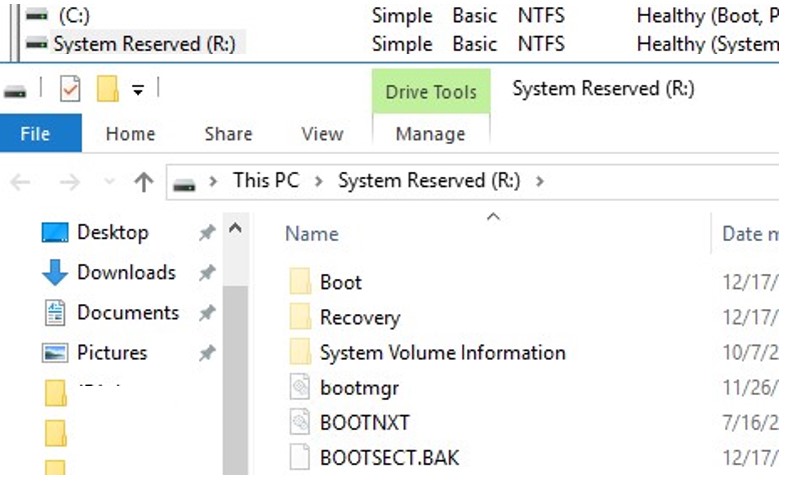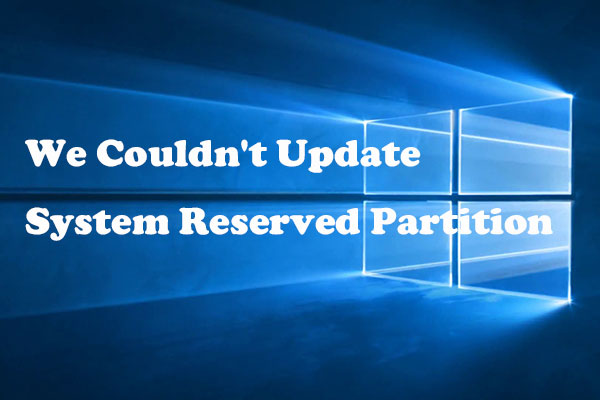

You can create separate system, recovery, Windows, or data partitions. You can divide your hard drive into multiple partitions. To learn more, see Configure multiple hard drives and Hard disk location path format. Different computers that have the same drive configuration can have different disk numbers. The system might assign different numbers to drives when you reboot. In the System Recovery Options dialog box, click Command Prompt.The system drive might not appear as disk 0 in the DiskPart tool. Select the operating system that you want to repair, and then click Next.

Select a language, a time, a currency, a keyboard, or an input method, and then click Next. Bootrec.exe from the Windows 7 install disk as per instructions: Put the Windows Vista or Windows 7 media in the DVD drive, and then start the computer. What is the remedy to 'inform' the boot sector of the new location of the large main partition?Ī. However, moving the large partition to the back with gParted creates a problem because the boot partition was not update to reflect the large partition move:

Now that the unallocated partition is adjacent to the target partition, gParted is able to resize the target partition. The empty partition was "moved between" the other two partitions: What UNIX options are available to increase partition size? UPDATES Why is gParted unable to increase the size of said partition? I am able engage gParted via sysrecuecd QUESTIONS Attempts to use gParted and diskmgmt.msc to augment partition size were met with greyed-out controls. I was able to reduce the size of the C:\ partition by 500 GB using Window's native diskmgmt.msc tool. The goal is to expand a Windows 7 SSD System Reserved Partition from 39MB and add 500MB to the partition.


 0 kommentar(er)
0 kommentar(er)
